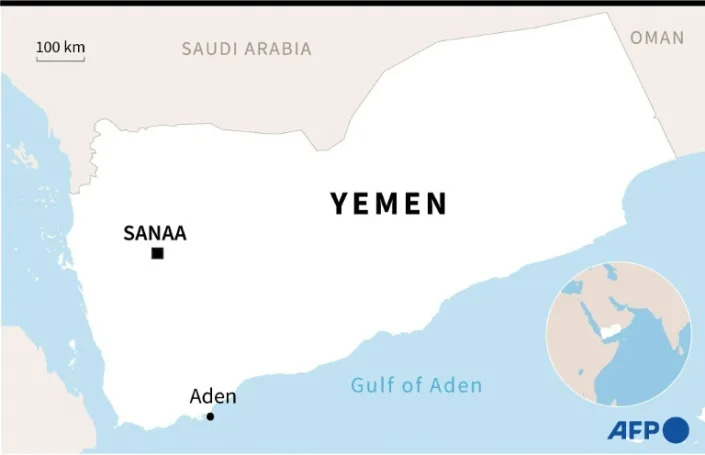- Why Barack Obama, Hillary Clinton, and other major Dems are going all out for a state Supreme Court race in Wisconsin
Stakes are high in an April Supreme Court election in the battleground state of Wisconsin.
State abortion rights, districts, and even the 2024 general election hang in the balance.
Barack Obama and Hillary Clinton have both weighed in on the race

Nicole Gaudiano
Fri, March 24, 2023
Normally, you wouldn't see high-profile figures like former President Barack Obama and former Secretary of State Hillary Clinton weighing in on an upcoming state Supreme Court election.
But the stakes couldn't be higher in the battleground state of Wisconsin, where the outcome on April 4 could determine the future of state abortion rights, congressional district boundaries and even the results — if challenged — of the 2024 presidential election. And Democrats are pouring money and high-wattage endorsements into the race.
A win by Janet Protasiewicz, a Milwaukee County Circuit Court judge backed by Democrats, would give the bench a liberal majority for the first time in 15 years on a court that only narrowly rejected former President Donald Trump's lawsuits attempting to overturn his loss to President Joe Biden in the 2020 presidential election.
"If you don't want to wait in terror for Wisconsin Supreme Court rulings in the final days and hours before and after the election is called in 2024, you want to win the Supreme Court race right now," Wisconsin Democratic Party Chair Ben Wikler told Insider.
Big spending and heated debate in a state race
Campaigns and outside groups have spent $27 million overall in the race, as tallied by WisPolitics. That's nearly double that of the previous record for a state Supreme Court seat.
The race has been heated and personal between Protasiewicz (pronounced "Pro-tuh-say-witz") and Daniel Kelly, a self-described judicial conservative who previously served on the court and was endorsed by Trump in 2020 in his failed bid to retain the seat.
During their only debate, Protasiewicz called Kelly "a true threat to our democracy," saying he advised state Republican Party officials on a fake electors scheme to overturn the 2020 election results. Kelly said she was "lying" and that his advice was a 30-minute conversation.
In testimony to the House committee probing the January 6 attack on the US Capitol, the state's former GOP chairman Andrew Hitt said he had "pretty extensive conversations" about fake electors with Kelly, a "special counsel" brought on to advise on "election law matters," the AP noted.
The candidates are running for a 10-year term spanning the next three presidential election cycles and the 2030 redistricting cycle. Wikler said the results could affect control of the US Congress, the Supreme Court, the White House in 2024. He said the race could even determine if the US has "something even vaguely legitimate as an American democracy at all."
The state Democratic Party is helping fund Protasiewicz's campaign while other Democratic power players are working to drive interest in the race.
"It's going to be close, so don't wait until April 4th. Make a plan to vote today," tweeted Obama.
A pinned tweet by Clinton directs her followers to a fundraising page for Protasiewicz, saying she is the "progressive candidate who believes women should be able to make their own health care decisions."
The Republican Party chairman did not respond to a request for comment.
'We have people knocking on doors in the snow'
Republicans clearly have their eye on Wisconsin's 10 Electoral College votes. They will head to Milwaukee for their first primary debate and their 2024 national convention to formally select the party's presidential nominee.
Wisconsin is a battleground state that elected Biden by less than a percentage point in 2020 and Trump by the same margin in 2016. Republican Sen. Ron Johnson won his 2022 reelection by a percentage point and Democratic Sen. Tammy Baldwin is up for reelection in 2024.
With a Democratic governor, the GOP-controlled legislature can't get new legislation concerning voting rights signed into law. But there's a risk that they could try to accomplish that through the courts, Wikler said.
Last election cycle, the court sided with a conservative legal group in ruling that most ballot drop boxes aren't allowed in the state.
"This is the last key thing to ensure that we have a free and fair election in 2024," he said.
A win by Protasiewicz could also mean that Republican-drawn legislative maps could be revisited, which could lead to at least two house seats moving from the GOP column to "very much in play," he said.
Another matter that could come before the court is a 1849 ban on nearly all abortions except for women who are dying.
Protasiewicz has said she supports abortion rights but would rule based on the law. She sparred with Kelly on the issue during their debate. "I can tell you with 100 percent certainty, that 1849 abortion ban will stay on the books" if Kelly is elected, she said. Kelly, endorsed by anti-abortion groups, said she was lying and had "no idea" what he was thinking.
Wikler said the election is as close as Wisconsin will come to having an actual referendum on abortion. "This really profound basic question will be decided by who wins on April 4," he said.
The state party's organizing push is the biggest it has ever mobilized in a spring election, but none can predict who will turn out, he said.
"We have people knocking on doors in the snow all over Wisconsin," he said.












.jpg)
